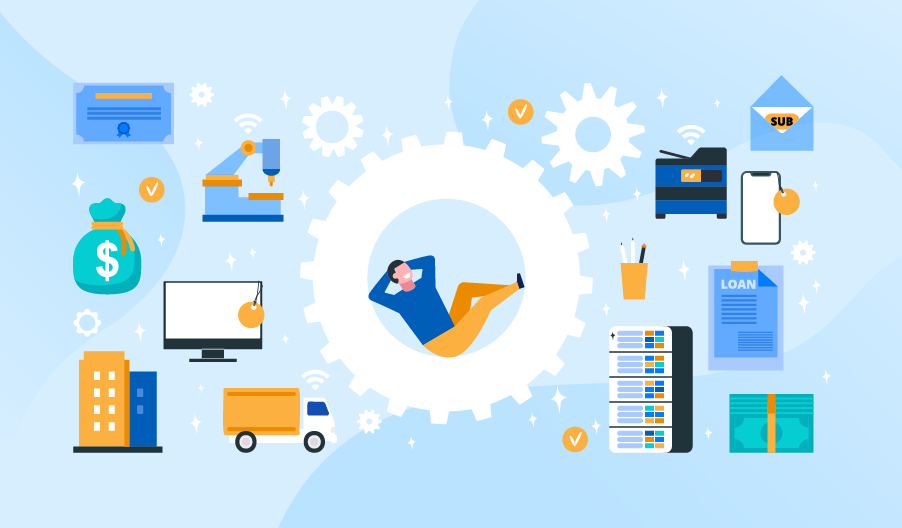Technology develops, shaping how businesses manage and track their resources effectively. Effectively managing IT resources has become essential for organizations of all sizes. Tools that simplify inventory tracking and maintenance processes are now indispensable. Innovations such as artificial intelligence (AI) and automation transform systems’ functions.
IT Asset Management Software is undergoing a remarkable transformation driven by AI and automation technologies. These tools enable organizations to manage hardware, software, and digital resources more efficiently. To uncover how these trends shape the future, read more about their impact below.
AI-Powered Insights Revolutionizing Asset Management
Artificial intelligence is transforming how businesses manage and analyze their resources. With AI, companies can predict maintenance needs, detect usage patterns, and identify inefficiencies. This predictive capability minimizes downtime and prevents costly repairs or replacements. AI-powered insights also help organizations optimize resource allocation based on real-time data and analysis.
Automation complements AI by streamlining repetitive and time-consuming tasks. Asset registration, inventory updates, and status checks can be easily automated. This reduces the risk of human error while allowing employees to focus on higher-value tasks. Together, AI and automation enhance efficiency, accuracy, and decision-making in asset management.
Enhanced Asset Tracking Through Smart Technologies
Innovative technologies are revolutionizing asset tracking and monitoring across industries. Internet of Things (IoT) devices play a significant role in providing real-time data. These devices connect assets to a network, allowing businesses to monitor their location and status constantly.
Automation leverages this connectivity by integrating data into centralized systems. This ensures streamlined asset tracking, reducing the time spent searching for misplaced items. With these tools, companies can also maintain detailed records of usage and wear. Enhanced tracking capabilities allow organizations to optimize resource utilization and effectively meet compliance requirements.
Predictive Analytics for Proactive Decision-Making
Predictive analytics is emerging as a critical feature of modern asset management tools. By analyzing historical data, predictive models identify trends and forecast potential challenges. This empowers organizations to take proactive measures before problems arise, reducing downtime.
These insights also help plan for future asset needs, enabling better budget management. Predictive analytics supports resource optimization, ensuring that companies allocate resources wisely. When paired with automation, it further enhances accuracy and speeds up decision-making.
Seamless Integration with Cloud Solutions
Cloud computing has become a cornerstone for modern asset management systems. Cloud-based solutions enable businesses to access data from anywhere, ensuring flexibility and scalability. This eliminates the need for complex on-premise infrastructure, reducing costs significantly.
Seamless integration with cloud platforms also enhances collaboration among teams. Multiple stakeholders can access real-time data and updates, improving transparency. This connectivity ensures that organizations can scale their operations as their needs evolve. Cloud solutions also support secure data storage, addressing concerns about cybersecurity and data breaches. For professionals aiming to strengthen their knowledge in this domain, CompTIA Security+ certification is a valuable asset.
Employee Training: A Key to Adopting New Tools
Introducing advanced tools requires employees to adapt to new processes and technologies. Training programs are crucial in ensuring teams can effectively leverage these innovations. Well-trained employees understand how to use automation and AI for maximum impact, providing a smoother transition.
Hands-on learning and workshops allow employees to familiarize themselves with the latest tools. This enhances their confidence and reduces resistance to adopting new solutions. Investing in employee training ensures that organizations can maximize the benefits of AI and automation.IT Asset Management Software is rapidly evolving and driven by artificial intelligence and automation trends. These advancements empower businesses to optimize resources, improve accuracy, and make data-driven decisions. Proper employee training and seamless tool integration will be crucial for successful adoption. As technology advances, organizations must prepare for a future where innovation leads the way.





